Winding
Winding or coil – a length of wire or conductor wound in a specific shape, in order to achieve specific magnetic, electric or electromagnetic properties of such configuration.
Each loop of a winding is known as a turn, and the number of turns is one of the basic characteristics of a winding.
In majority of designs the turns must be electrically isolated from each other, as well as from the rest of the device (e.g. magnetic core and the surrounding medium). However, in some applications this is not required (e.g. in squirrel cage rotors of induction motors and shaded-pole motors).
The conductor in a power-related winding is typically required to carry a substantial amount of electric current (e.g. for generation of magnetic field), so it has to have a sufficient cross-section area. Conversely, sensing coils might carry only very small signal, so they can be made from very thin conductors.
The word “winding” also means “the process of winding”, and for example there are magnetic cores wound from a magnetic sheet, tape or ribbon so they are referred to as wound cores. Obviously, this is a separate meaning, not directly related to the electrical coil as given in the main definition.
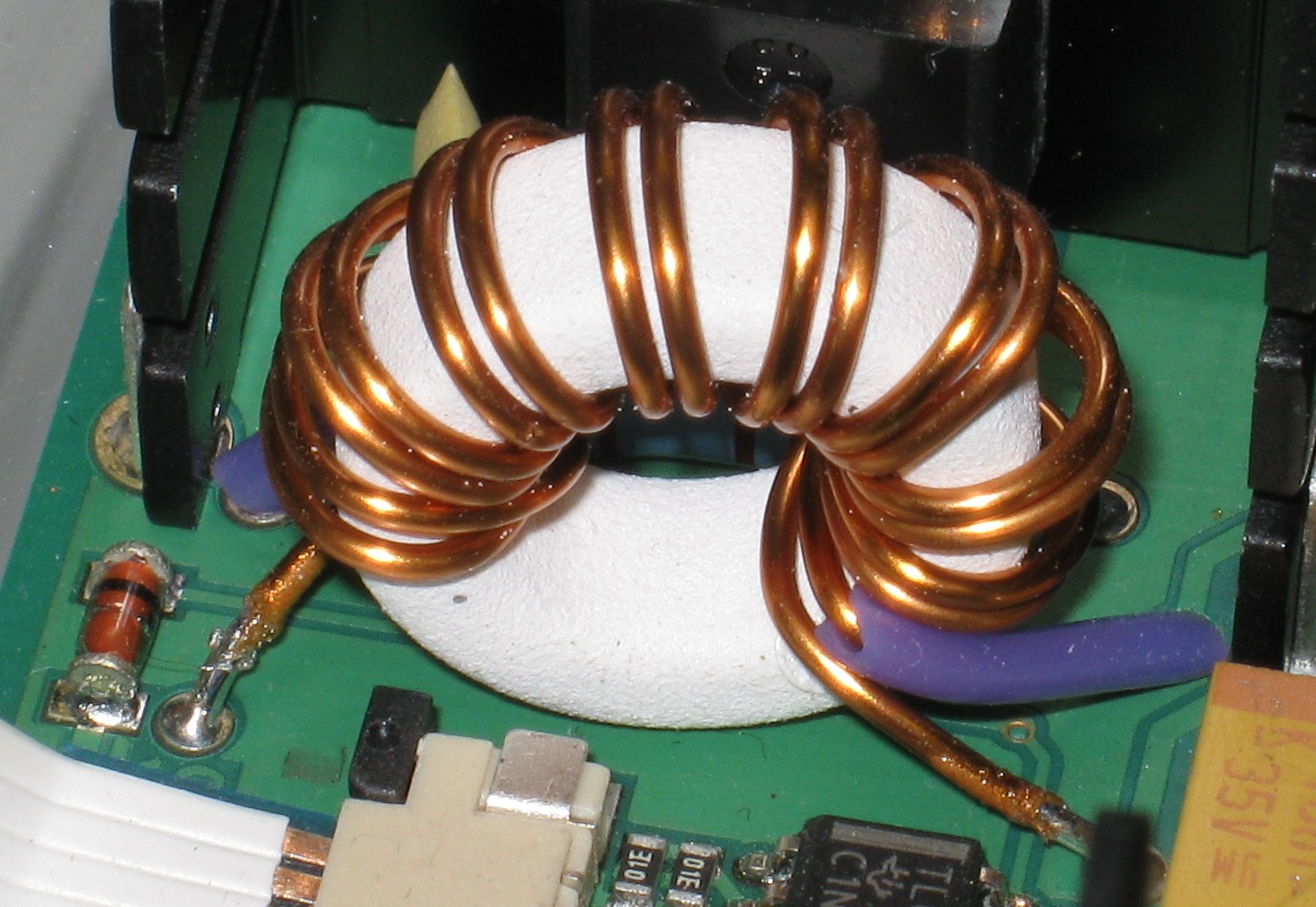
Types of windings
There is a plethora of different types of windings used in practice, for a multitude of purposes. For example, the windings are optimised to:
1.achieve strong magnetic coupling for transferring energy (transformer, autotransformer, coupled inductor, flyback transformer, wireless power transfer)
2.magnetise magnetic core to produce high value of flux density to convert electricity to mechanical force or vice versa (motor, generator, relay and electromagnetic actuator)
3.to achieve the required value of inductance (inductor, choke, filter, tuned circuit, radio, telecommunication)
4.to produce high magnetic field for induction heating
5.to produce uniform magnetic field for research, scientific and medical purposes (e.g. electromagnet, Helmholtz coil, solenoid)
6.to detect magnetic fields (sensor, B-coil, H-coil, Rogowski coil)
7.to provide electromagnetic shielding (flux band)
8.to minimise the value of inductance (non-inductive resistor, Ayrton-Perry winding, bifilar winding) and many more.
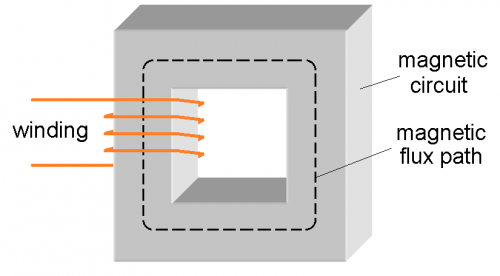
Winding in a magnetic circuit
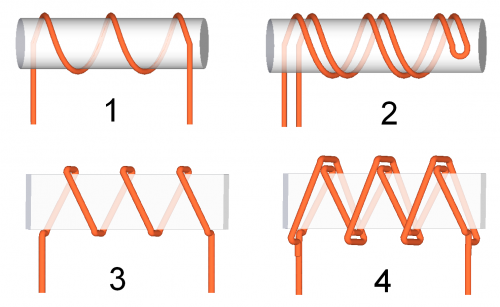
Types of windings: 1 – ordinary helical, 2 – bifilar, 3 – on a flat former, 4 – Ayrton-Perry
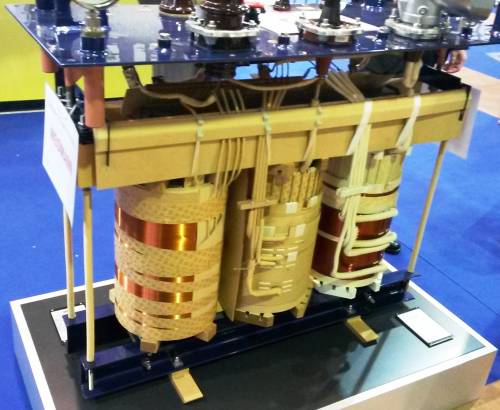
Windings in 3-phase transformer
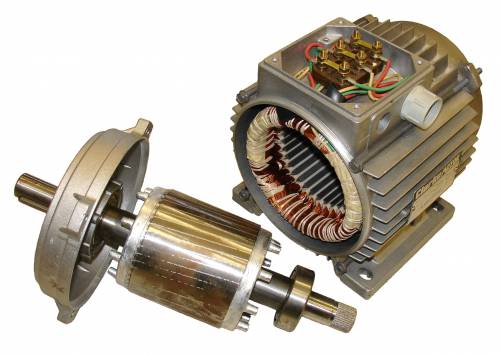
In induction motor the stator has typically wound copper coils and the rotor is made with cast aluminium “windings”
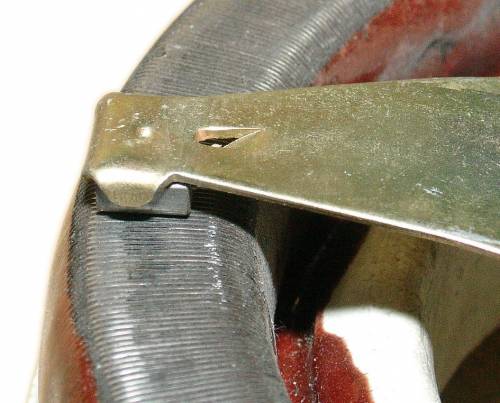
Winding in an autotransformer
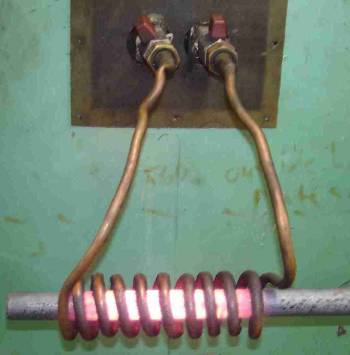
Water-cooled coil for induction heating
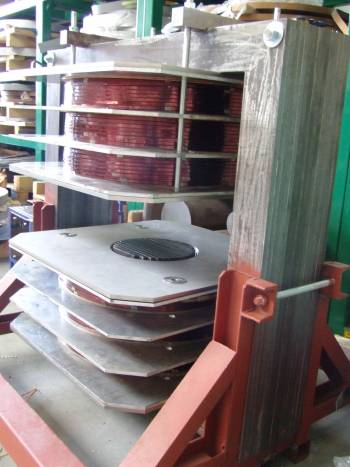
Winding in a large electromagnet
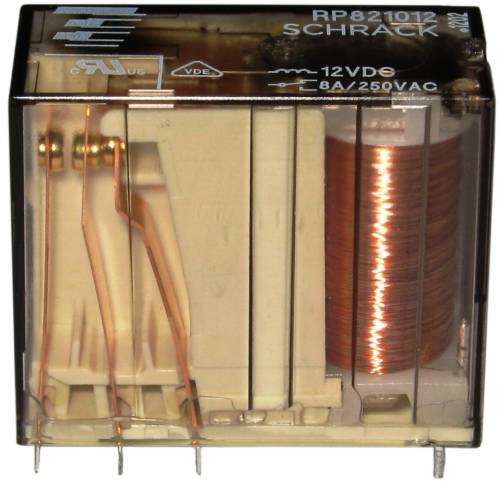
Copper winding in a relay
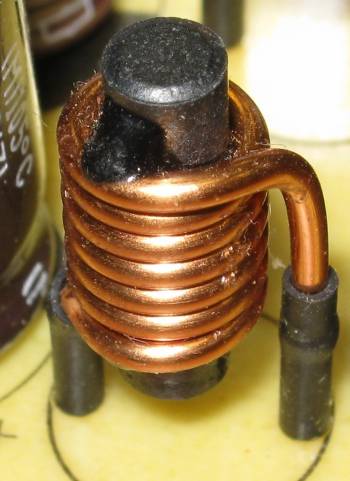
Winding made from a copper enamelled wire around a cylindrical ferrite core to make a choke
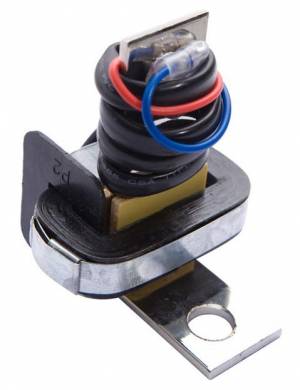
Current transformer with a primary (thick bar) and secondary winding
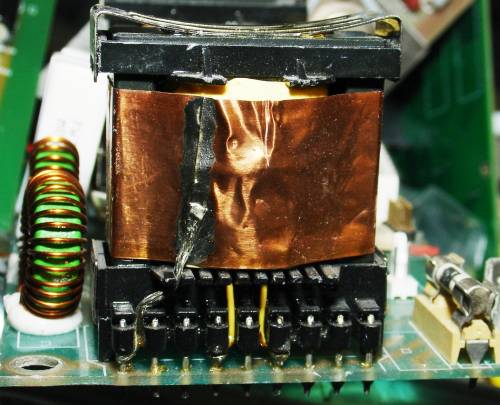
Electronic transformer with an additional winding of an external shorted turn (flux band) for electromagnetic shielding
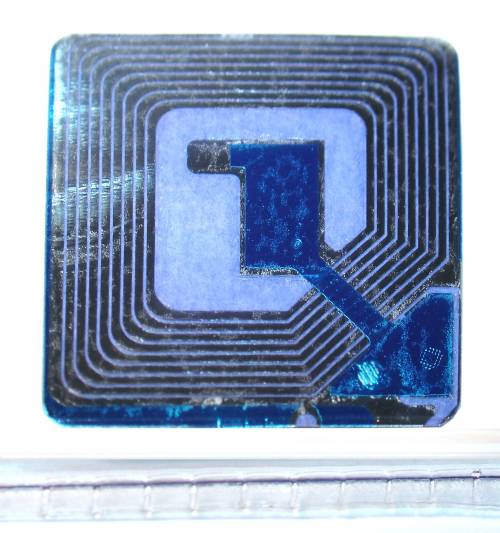
Anti-theft security tag with an antenna coil made out of conductive foil
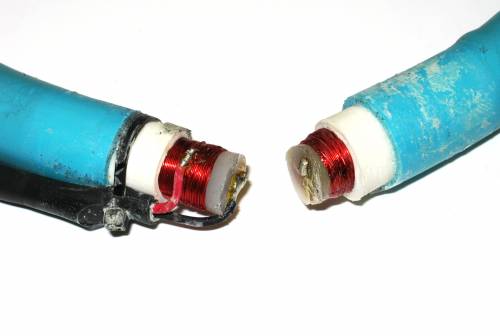
Winding in a current sensor (Rogowski coil)
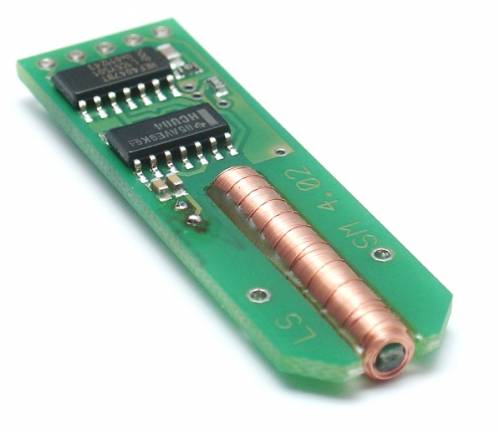
Winding in a fluxgate sensor
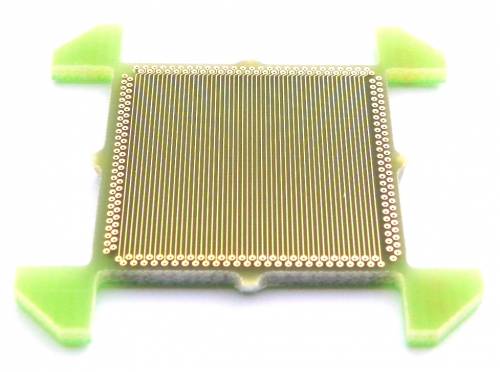
Winding made as tracks on a PCB
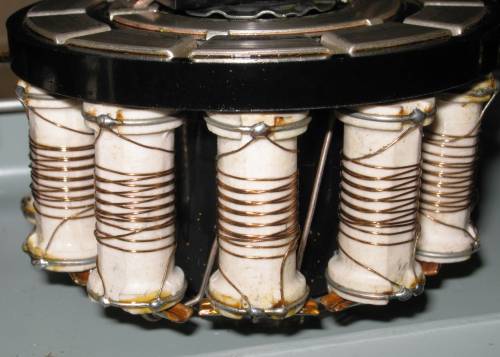
Ayrton-Perry winding is used to make non-inductive resistors

Windings on the rotor of a synchronous generator: main windings around the salient poles (in the middle) and exciter winding (on the right)
